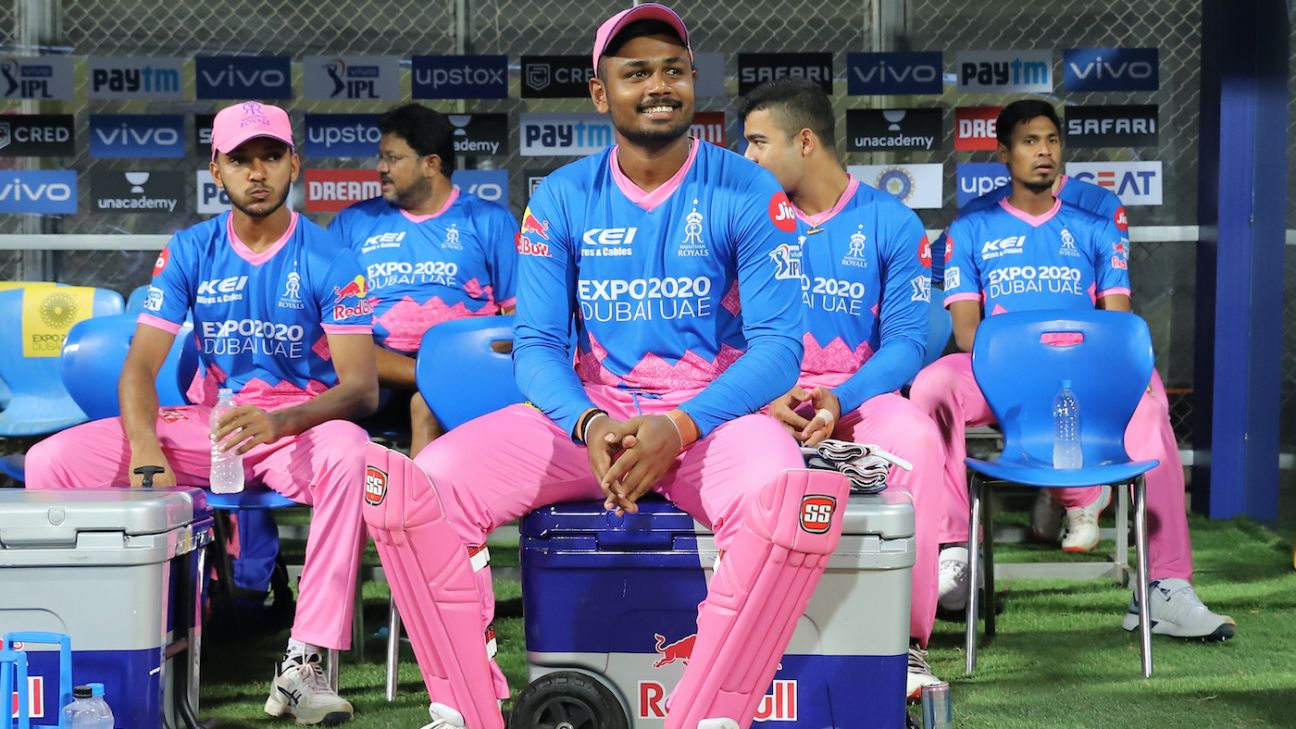The BCCI is set to introduce tactical substitutes in the upcoming season of its domestic men’s T20 tournament, the Syed Mushtaq Ali Trophy, which will begin on October 11. In an email sent to its state associations, the BCCI has elaborated on the concept of its Impact Player rule, which will allow teams to use one tactical substitute in each match.
ESPNcricinfo has learned that the BCCI has been keen to introduce the tactical substitute in the IPL for the past few years, but has decided it would be prudent to implement it in the SMAT first. If it works smoothly, the Impact Player substitute will feature in IPL 2023.
“With the ever-growing popularity of T20 cricket, it is imperative that we look at introducing new dimensions which will make this format more attractive and interesting not only for our viewers but also the participating teams from a strategic viewpoint,” the BCCI’s email said. “The BCCI would like to introduce the concept of ‘IMPACT PLAYER’ wherein participating teams could replace one member of its playing XI during a T20 match based on the context of the game.”
How will it work? Read on.
What is the scope of the substitute’s role?
Along with the starting XI, teams will name four substitutes in their team sheet at the toss, and use one of the four during the match.
The player can replace any member of the starting XI at any point before the end of the 14th over of either innings, and will be able to bat and bowl his full allotment of overs. The tactical scope of the Impact Player rule is vast, with no real restriction on the role he can play. For example, the Impact Player can replace a batter who has already been dismissed, and still get to bat – as long as the team only uses 11 batters. Or he could replace a bowler who has already sent down a few overs and still get to bowl his full four-over quota.
The Impact Player rule allows for greater tactical flexibility than other tactical-substitute systems that have been trialled elsewhere. In the Supersub system that was in place in ODIs in 2005 and 2006, the Supersub’s role coincided with that of the player he replaced, which meant he could not bat if the original player was already dismissed, and could only bowl the remaining overs from the replaced player’s quota.
What are the likely scenarios where the tactical sub will come into play?
The rule has the potential to reduce the impact of the toss. For example, if a team loses the toss and has to bowl second when the dew sets in, it has the opportunity to strengthen its bowling attack for that challenge. Similarly, on a pitch that is turning square, the team batting second could bolster its batting with an extra batter. The ruling will also help teams offset the impact of a player picking up an injury during the game.
Will teams be allowed an Impact Player in shortened games?
Yes, but not if a delayed start shortens the match to fewer than ten overs per side. If the scheduled number of overs per innings is more than ten, the Impact Player can be introduced, with a sliding cut-off point. For example, in a 17-overs-a-side game, the Impact Player can come on before the end of the 13th over of either innings. In an 11-overs-a-side game, he can enter before the end of the ninth over.
If the match begins as a full T20 game, and if the side batting first has faced at least ten overs when there is an interruption in play, both teams will be able to use an Impact Player regardless of the extent of reduction of overs.
If the match is reduced such that one team has already used its Impact Player, but the second innings is reduced to less than ten overs, the second team can still use its Impact Player – before the end of the seventh over in a nine-over innings, for example, or before the end of the third over in a five-over innings.
What else do I need to know?
The Impact Player can only be introduced at the end of an over, and not during it, with two exceptions: if a batting team sends in the Impact Player at the fall of a wicket, or if the fielding team replaces an injured fielder with the Impact Player in the middle of an over.
The substituted player can take no further part in the game – not even as a substitute fielder.
In a scenario where a bowler is suspended, having bowled two beamers in an over, he can be replaced by the Impact Player, but that player cannot bowl.
